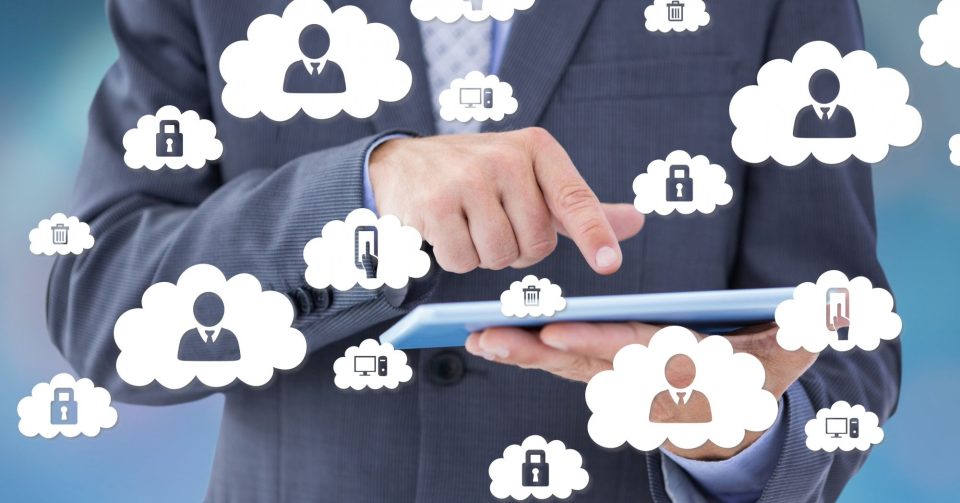Introduction
Digital ownership refers to the act of owning digital assets, such as files, music, movies, books, and other forms of content. With the ease of access, sharing, and distribution of digital content on the internet, digital ownership has become a crucial matter in the digital age. Nonetheless, owning digital assets also poses challenges related to copyright, privacy, and security.
Copyright infringement
Copyright infringement is one of the primary challenges associated with digital ownership. When people share and distribute digital content without permission, they violate copyright law, which protects the rights of creators and owners of digital content. Copyright infringement has become widespread in the digital age, leading to a loss of revenue for content creators and owners.
Privacy
Digital ownership is closely related to data ownership, which is the right to control the use and distribution of personal data. People are sharing more personal data than ever before, making data ownership and privacy critical issues in the digital age. The misuse of personal data by companies and individuals can lead to identity theft, fraud, and other security risks.
Security
Digital assets are vulnerable to cyber attacks, making security measures such as encryption, firewalls, and antivirus software critical for protecting digital assets. Hackers can gain access to digital assets, steal personal data, and use ransomware to demand payment for the return of data.
Benefits of digital ownership
Despite these challenges, owning digital assets offers many benefits. For instance, it enables individuals to access and use digital content on various devices. It also simplifies content sharing and collaboration, facilitating the wide distribution of information. Moreover, owning digital assets provides opportunities to monetize work, such as selling content directly or generating income through advertising and sponsorships.
Addressing the challenges
To address the challenges related to digital ownership, individuals and organizations can take several measures. One approach is to use digital rights management (DRM) tools, which prevent copyright infringement and control access to digital content. Encryption and other security measures can protect digital assets from cyber attacks. Individuals can also protect their personal data by using strong passwords, avoiding public Wi-Fi networks, and being cautious about sharing personal information online.
Conclusion
In conclusion, digital ownership is a critical issue in the digital age that presents challenges related to copyright, privacy, and security. Individuals and organizations must take steps to protect their digital assets, control access to digital content, and safeguard their personal data. By doing so, they can enjoy the benefits of digital ownership while minimizing the risks associated with it.
Image by Freepik


No responses yet